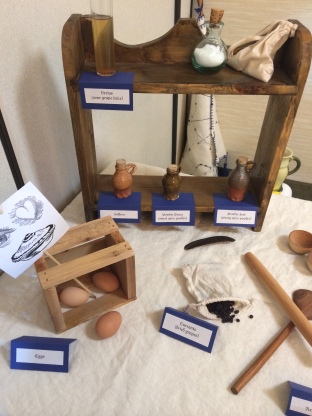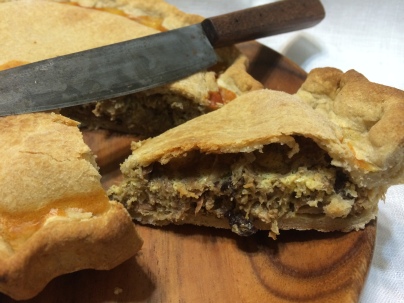This is part of a series of posts in which I gleefully speculate about some of the women’s names found in the York Register of Freemen. To read my full research on these women, go here.
When I started my research into women in guilds and trades, I didn’t actually have a clear thesis. I had to start by exploring what was out there already, see the limits of our current knowledge to see what gaps I might be able to fill in. One of the things I explored was occupational bynames given to women. Friday Valentine compiled a database of all medieval English occupational bynames; I read through it and found a lot that intrigued me.
One of the things that made my research complex was my inability to sort out whether occupational bynames actually corresponded to occupations. Some but not all names in the Register have a specified occupation, e.g. “Thomas Chiken, carnifex.” (His byname also seems to match his occupation.) I also came across people with occupational bynames, such as “Rogerus le barber.” In general, I chose to assume that occupational bynames reflected the occupation of their possessor.
But is that really the most accurate approach? Familial last names were not really standardized by this point in time, but were starting to exist. I also was not able to find a definitive answer on the concept of married names; a woman may or may not have had the same last name as her husband. Does it make sense to assume a woman with an occupational byname worked in that field, or was she carrying a husband or father’s last name?
I found evidence that this level of scrutiny and skepticism toward occupational bynames should be applied across genders. There was more than one example of men with occupational bynames and different specified occupations, e.g. “Joh. le carpenter, de Thresk, cordwaner.” Honestly, I still am not sure how to interpret these entries. Although I did not take detailed notes on this phenomenon, my gut sense is that these entries only started to exist as I got later in the Register. That would tend to suggest that familial last names were gaining a hold. I chose to list such persons by their specified occupation (cordwaner, here) rather than their occupational byname.
Given these limitations, I chose to apply the same rule to male names and to female names: if a byname was clearly occupational, and no occupation was specified, I would assign that name to the category corresponding to their name; if an occupation was specified in opposition to the occupational byname, I would assign the name to the specified occupation’s category. I made a deliberate choice to apply sorting rules equally to male names and female names.
This was phenomenally difficult to do, and I doubted myself at every turn. In a couple of cases, I came across women with occupational bynames that would generally correspond to male-dominated (or even male-exclusive?) fields. Were these women married to (or daughters of) men with these occupations, or were they themselves working in them? However one answers that question will be based on one’s own prior assumptions about women as workers, and the interpretation will then skew the data to support the researcher’s bias. I chose to record these women as practicing the occupation that matched their byname, knowing full well that this may be wildly inaccurate.
One such woman was Margareta Mason, fil. R. de Doncastre, entered into the roll of Freemen during the reign of Edward II. There is no evidence for her occupation, and I did not find her father elsewhere in the register. To put it simply: I want to believe. I want to find evidence that medieval women had lives much richer than 19th and 20th century historians imagined for them. I want Margaret to have been a mason, and a master mason with full guild privileges at that. But I cannot know that for sure with the evidence I have, and that infuriates me.
Given the rule I had already set for myself, I counted Margareta as a Mason. I will have to imagine her doing complex geometry, supervising builders, or maybe hastily marrying one of her husband’s journeymen and being given a largely symbolic guild membership. Medieval women’s lives were incredibly complex, just maybe not in the way I like to dream of them being.



















